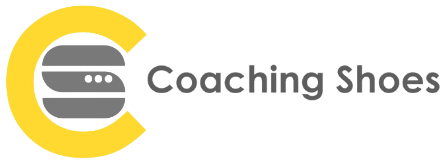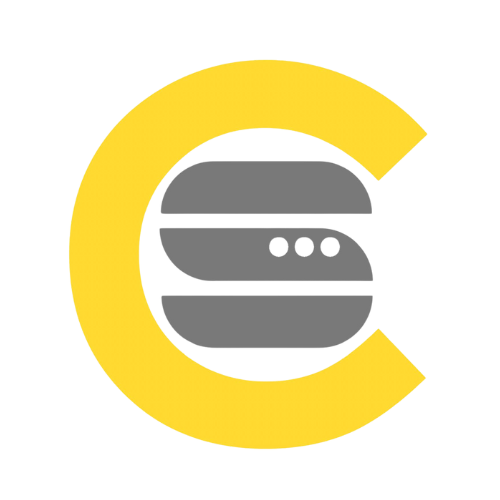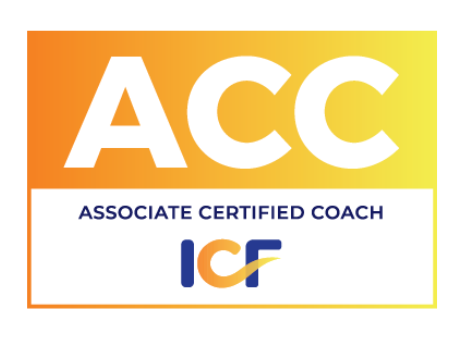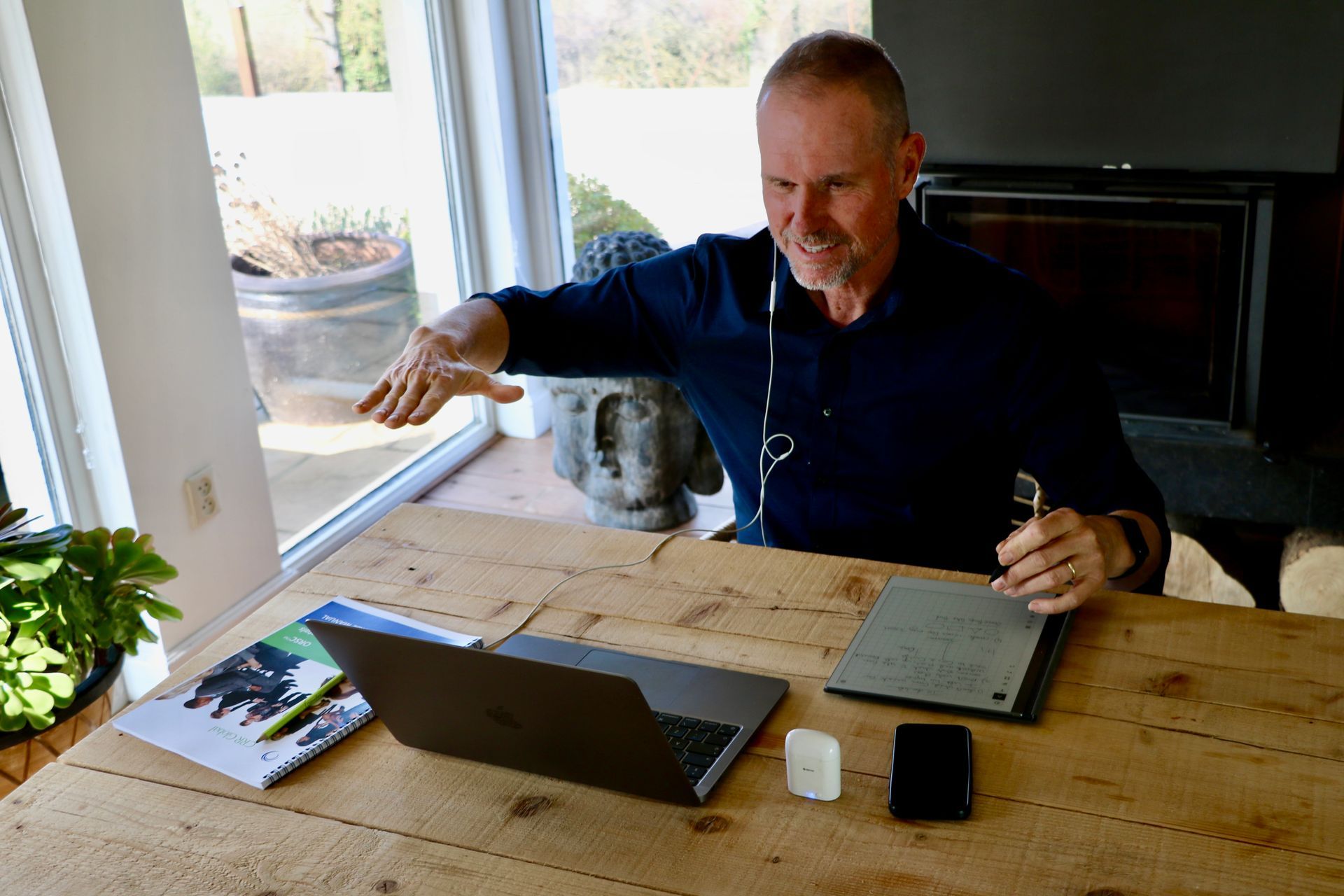
"The Confidence Code - The Power of Small Wins" One of the most important things I've realised since starting my coaching company is the Power of Small wins. In my previous career, I would typically start my Mondays with the best intentions—waking up early, hitting the gym, creating a mental to-do list, and diving into work. However, as my to-do list grew longer throughout the day, I became more uptight. My focus would start to decline, and I would end up pushing tasks to the side, feeling dissatisfied by the end of the day and then questioning the value I delivered. This always left me with a feeling of how I could manage the Monday start-up better. I started to realise I was in a cycle of aiming for the big win perspective, which often led to: Decreased Motivation: Feeling overwhelmed by the sheer size of my goals made it challenging to get started and stay motivated. Eroded Confidence: Repeatedly falling short of my ambitious targets chipped away at my daily self-belief. Increased Overwhelm: Trying to tackle everything at once led to a sense of being constantly behind. Scattered Focus: Jumping from one task to another without fully completing them resulted in poor productivity and a lack of progress. Fragile Resilience: Encountering setbacks and roadblocks felt like sinking in mud, making it hard to move forward. Nowadays, I always set out to approach Mondays from an entirely different perspective. I start the day with a simple goal: embracing the power of small wins . This change in perspective has had a big impact, boosting my confidence and overall daily resilience. Habits to Develop for Embracing Small Wins and Cultivating Positive Energy: "Quick Win" Board: Create a visual display (physical or digital) to showcase quick, impactful accomplishments. These could include efficiently resolving a client issue, exceeding a business target, or streamlining a process. Celebrate these wins regularly to boost morale and maintain momentum. "Customer Delight" Log: Keep a log of positive client feedback or testimonials. Share these regularly with the team to reinforce the impact of your work and inspire continued excellence. "Innovation Hour" (Small win, High Impact!): Dedicate one hour weekly to brainstorming and implementing minor improvements to existing processes or products. These incremental enhancements can lead to significant efficiency gains and competitive advantages. "Peer Recognition Platform": Establish a platform for employees to publicly acknowledge and appreciate each other's contributions. This will foster a culture of recognition and reinforce the value of individual efforts. "Growth Mindset" Meetings (Another small win, high impact!): Initiate regular team meetings focused on identifying areas for personal and professional development. Encourage employees to set small, achievable learning goals and celebrate their progress towards acquiring new skills and knowledge. By shifting focus from grand aspirations to a series of more minor, high-impact achievements, I've experienced a remarkable transformation. My confidence is up, and my resilience has strengthened. I now approach each day with a fresh sense of purpose and energy. Embrace the perspective of Small Wins = High-impact outcomes. John@coachingshoes.nl Coaching business and self-improvement

Real People, Real Growth, Real Results As a business coach, I always look for companies that care about their people. That's why my time with Bopinc has been so refreshing. They don't just talk about growth and development; they live it. I had the chance to coach three of their team members (Nick Van Der Velde, Johan van der Schaaf, and Thomas Nieuwendijk). It was impressive to see how they reflected Bopinc's mission to help low-income consumers in underdeveloped regions worldwide. "These guys weren't just going through the motions; they were genuinely excited about the impact of their work". It wasn't just their hard skills that impressed me; their empathy, communication skills, and willingness to listen and learn jumped out. It is clear that Bopinc has created a culture where people feel valued and encouraged to be their best selves. As they learn and grow, so does the company. It was a big win-win, in my view. What I saw with the Bopinc team was proof that coaching isn't just a buzzword; it's a fundamental tool for improving things. When people feel supported and challenged to learn, they become more engaged and productive . That means better ideas, smoother teamwork, and a more successful business overall. Bopinc's story reminds me that investing in people is one of the smartest things a company can do. It's not just about making employees happy (though that's important too!). It's about creating a culture where everyone is encouraged to be their best, and individual growth feeds back into the company's success. Real People, Real Growth, Real Results = Meaningful life!
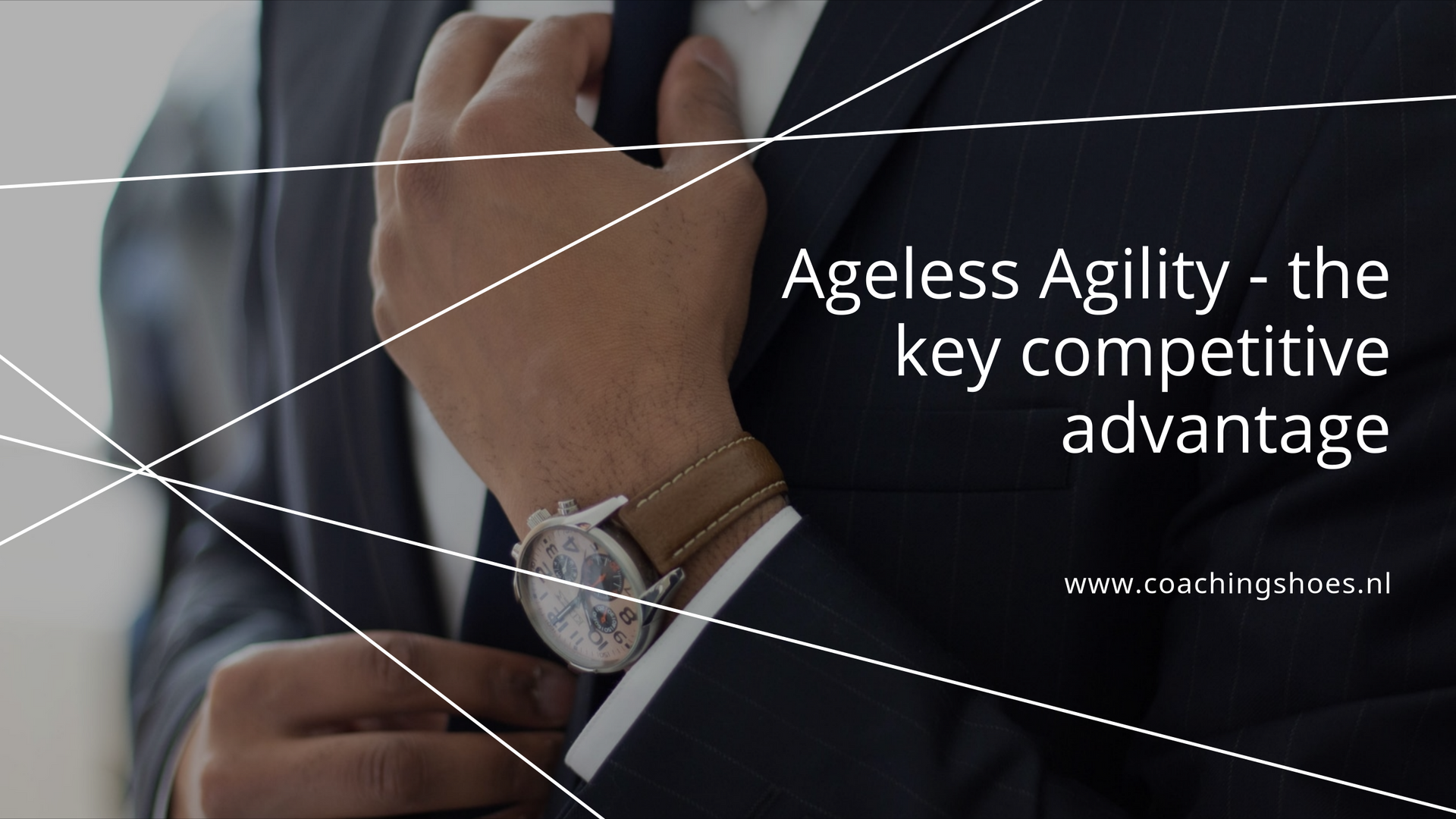
Ageless Agility – The Key to Competitive Advantage By 2030, over 25% of developed nations' workforce will be 55 or older. Alternatively, Generation X is estimated to have a 50% chance of living to 90 (Gallop). Adapting for Longevity The outdated model of fixed retirement ages is ill-suited to the reality of longer, healthier lives. Businesses must be prepared to shift their focus from phasing older employees out to embracing a culture of "ageless agility" to unlock competitive advantages. Growth Mindset: The Asset That Improves with Age We now know that neural plasticity ensures that our brains remain adaptable throughout our careers. By promoting continuous learning, a growth mindset, and investment in mental fitness, companies can harness the full potential of workers at all career stages. The Unseen Benefits of an Ageless Workforce Experience and Wisdom: Tap into seasoned workers' institutional knowledge and problem-solving expertise. This facilitates knowledge transfer and accelerates innovation. Diverse Perspectives: A multigenerational workforce offers a broader range of viewpoints, enabling more robust decision-making and a better understanding of diverse market segments. Commitment and Reliability: Research indicates that older workers often demonstrate exemplary work ethic and company loyalty, reducing turnover costs. Adaptability: Don't underestimate the capacity of experienced workers to adapt to new technologies and market trends. Continuous development keeps them ready for tomorrow's challenges. Ageless Agility - Programs to Enable a Growth Culture Mentorship and Reverse Mentorship: Pair seasoned employees with younger workers for knowledge exchange and to build a multigenerational understanding. Older workers can learn about digital trends, while younger workers gain valuable experience-based insights. Targeted Upskilling and Reskilling: Invest in training programs specific to the skills and technologies needed to keep experienced workers' knowledge relevant to evolving market demands. Growth Mindset Training: Offer workshops or company-wide initiatives encouraging a growth-focused mindset, emphasizing that learning and adaptability are lifelong skills. Mental Fitness Support: Provide resources or programs addressing stress management, mindfulness techniques, and overall well-being to promote cognitive health across all age groups. Call to Action To remain competitive, companies must shed ageist biases and create inclusive environments. Investing in upskilling, flexible work models, and policies that support workers across the lifespan will optimize talent retention and position businesses for market leadership. Key Takeaway Embracing ageless agility is not about social responsibility; it's a strategic imperative for businesses in a rapidly changing world.
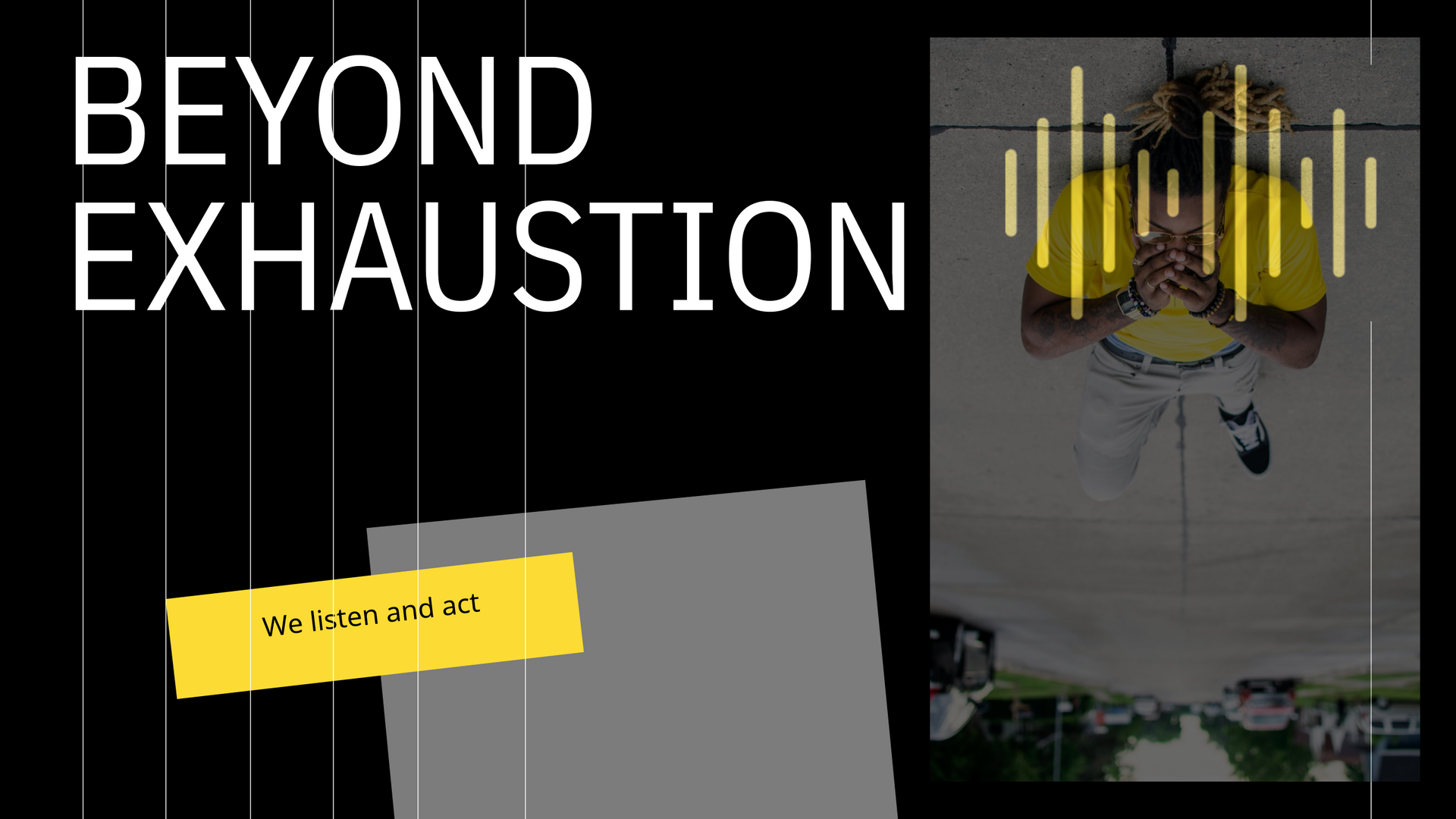
Beyond Exhaustion: The Hidden Costs of Burnout in Tech Introduction Tech professionals are hailed for their innovation and drive. But behind the shiny gadgets and cutting-edge code lies a troubling reality: burnout is rampant. It's not just a personal struggle – burnout carries a hefty price tag for tech individuals, teams, and entire companies. Let's unpack the hidden costs and explain why addressing burnout is imperative for businesses and not just a wellness trend. The Personal Toll Crumbling Health: Burnout can cause physical well-being to suffer, from chronic fatigue and insomnia to weakened immunity and an increased risk of serious diseases. Mental Anguish: Burnout fuels cynicism, detachment, anxiety, and even depression. This severely impacts the quality of life at work and in personal relationships. Derailed Careers: Burned-out tech professionals face decreased productivity, lack of creativity, and a higher risk of leaving their jobs or the industry altogether. The Ripple Effects on Teams Decreased Productivity: Burned-out employees are less focused and efficient, and they produce lower-quality work. This directly impacts the team's ability to meet deadlines and innovate. Strained Morale: When burnout becomes widespread, it creates a toxic atmosphere of negativity and resentment, hindering collaboration and overall team spirit. Knowledge Loss: High turnover due to burnout means the company bleeds valuable experience and skills, requiring costly onboarding of new hires. The Burden on Companies Healthcare Expenses: The costs associated with burnout-related health issues add a considerable financial strain to companies that provide health insurance. Absenteeism and Presenteeism: Burnout drives a rise in sick days and presenteeism (being physically present but mentally checked out), heavily impacting the bottom line. Decreased Innovation: Burnout stifles the creative thinking and problem-solving that tech companies rely on to stay competitive. Reputational Damage: A company known for a culture of burnout risks losing top talent and struggling to recruit the best in the industry. The Call for Change The costs of burnout are too high to ignore. Tech companies must move beyond offering superficial wellness perks and address the root causes of this epidemic. This means: Prioritizing mental health: Destigmatizing burnout and offering accessible mental health support. Promoting work-life balance: Setting boundaries on work hours and expectations. Fostering autonomy and trust: Giving employees control over their work can increase engagement and decrease stress. Open and honest leadership: Leaders must acknowledge burnout and cultivate a psychologically safe environment. Conclusion Burnout in tech isn't inevitable. By recognising the far-reaching costs and implementing proactive strategies, companies can protect their most valuable asset: their people. Investing in well-being is an investment in sustainable success. Call to Action: Are you a tech worker experiencing burnout? Share your story in the comments (anonymously, if preferred). Are you a tech leader? What steps is your company taking to address burnout?
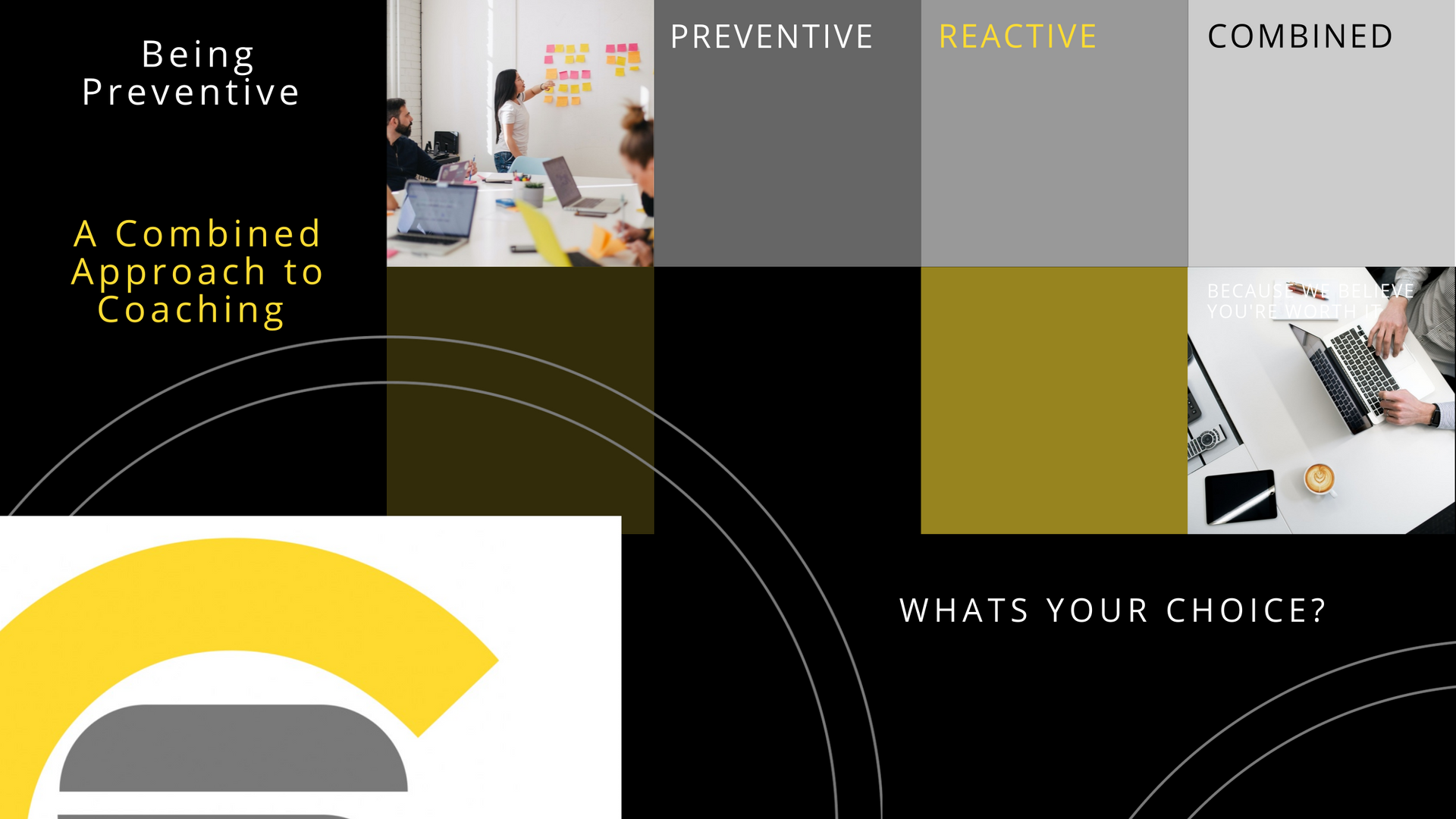
The Benefits of Prevention Preventive coaching can bring numerous benefits to a company, including increased employee retention and engagement. By creating a supportive environment where employees feel valued and invested, preventive coaching can lead to higher retention rates . This, in turn, saves the company significant recruitment and onboarding costs while cultivating a loyal and passionate workforce. Preventive coaching takes a proactive approach to address potential skill gaps and performance roadblocks before they become significant issues. This strategy maximises employees' potential, leading to increased productivity, improved time management, and a greater ability to achieve and surpass company goals. Another advantage of preventive coaching is reducing conflicts and improving collaboration . Preventive coaching can reduce the frequency of internal conflicts by fostering open communication skills, conflict resolution strategies, and a collaborative mindset. This leads to a smoother, more efficient work environment where cooperation thrives. Preventive coaching encourages empl oyees to identify potential challenges early and cultivates a problem-solving mindset. This empowers teams to anticipate challenges, find creative solutions, and drive innovation, giving the company a competitive edge. Lastly, preventive coaching identifies and develops high-potential employees, builds their leadership skills and promotes a robust internal talent pool. This saves on external recruitment costs for leadership positions and ensures growth from within, leading to a more robust leadership pipeline. Coachingshoes is about promoting the benefits of Coaching the (whole) and how all sides can benefit from stepping into new perspectives. We're changing the conversation – one mind at a time." We're changing the conversation – one mind at a time." o

Mungo Monday. In the Summer Time: Mungo Jerry - In The Summertime ORIGINAL 1970 - YouTube The guy on the banjo is my dad's cousin, Paul King. How cool is it that you have made so many millions of people happy from generation to generation? So on a Monday, play the song and be in the summertime when the weather is fine. Just makes you feel better already

Stepping into Leadership Shoes: Overcoming the 5 Biggest Challenges "I want to move to a leadership role" This is one of the most common coaching scenarios I encounter when working with highly motivated career professionals. Stepping from an individual contributor into a leadership position is exciting and daunting. You know you have potential but common hurdles can feel overwhelming unless you are prepared. Let's examine what to expect when you try on your leadership shoes and what the first steps in your new role would look like. Routines to build your Leadership Mental muscle: Letting Go of the "Doer" Mentality Mindfulness for Trust: Practice a 10-minute reflection meditation, focusing on breath and noticing the urge to control. Remind yourself that your team is capable and that empowerment fosters growth. Navigating Relationships with Former Peers Perspective-Taking Meditation: Find a quiet space and spend 5-10 minutes visualising yourself in the position of a former peer. Consider their feelings and potential concerns about the shift in your role. This helps build empathy and guides how you communicate the transition. Seeing the Big Picture The "Zoom Out" Exercise: When feeling bogged down in details, dedicate a few minutes to literally "zoom out." If you're staring at a spreadsheet, stand up and look out the window. Mentally zoom out from the task to your team, department, and organisation to regain perspective. Having Difficult Conversations Compassionate Pre-Talk: Take 2 minutes to practice self-talk before a difficult conversation. Recognise that the conversation intends to help, not harm. This reduces internal resistance and enables you to approach the situation with more positive energy. Battling Imposter Syndrome Reframing Self-Talk: Notice when negative thoughts like "I'm not good enough" arise. Challenge them by reframing, "I'm still learning, and growth is part of the journey." Write down these positive thoughts on sticky notes as reminders throughout your day. Remember: Consistency is Key. Even brief mental fitness exercises make a difference if practised regularly. Find out what works for you. Explore techniques that resonate with you. Mental fitness strengthens your foundation, making it easier to apply the practical leadership skills you're developing. John@coachingshoes.nl
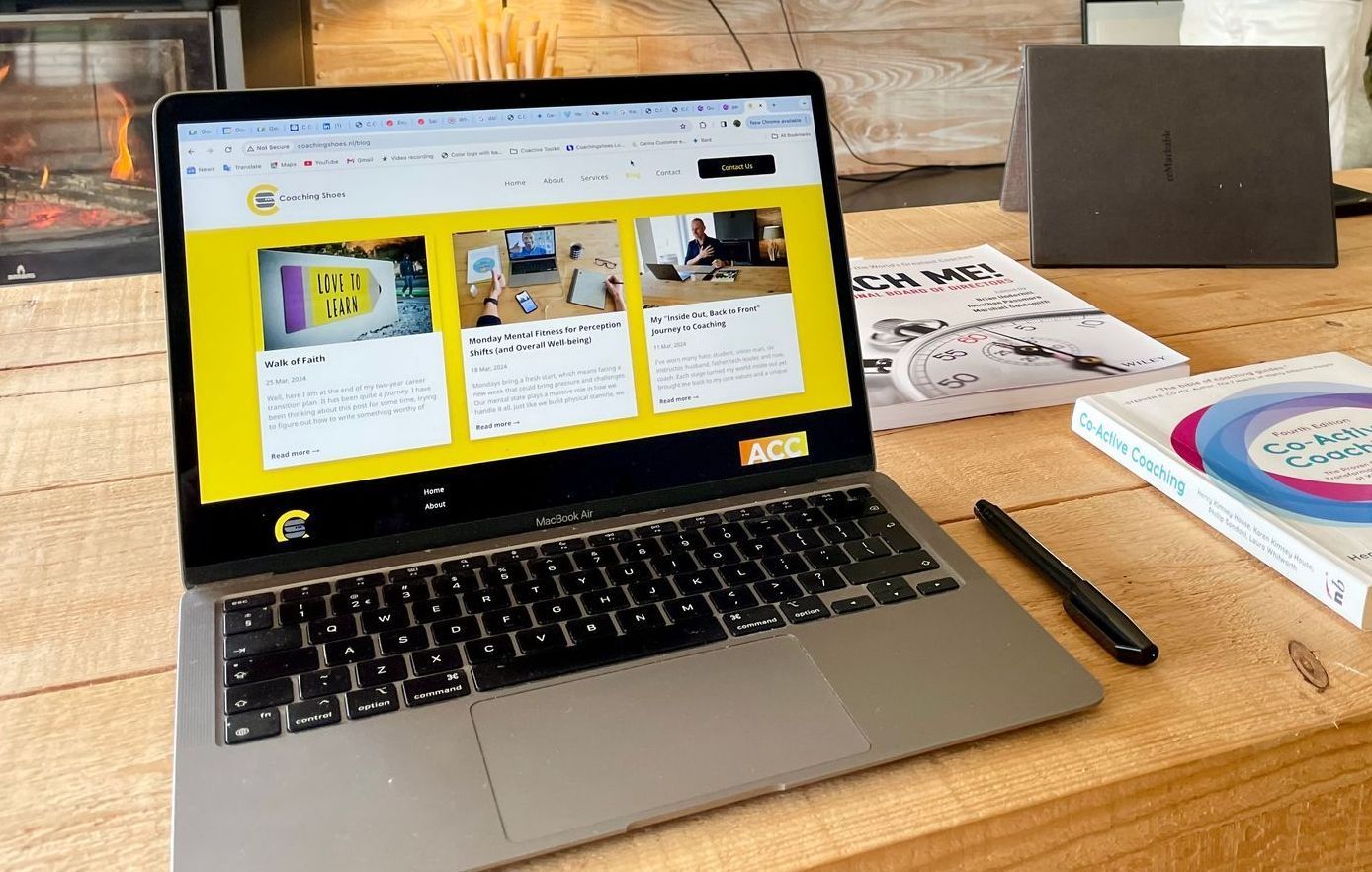
Today, I'm excited to launch my company website, Coachingshoes! This is a big step toward my goal of changing how we approach mental well-being in the workplace and at home. Over the past two years, I've worked tirelessly to create a brand representing me and my values. Big thanks to Brand Guru @anniePeutrell and website designer @CariMoreno for helping me bring this vision to life! Mental fitness is as necessary as physical fitness for me. Together, I'm looking to change the conversation around mental health and unlock our full potential personally and professionally. Are you curious how Coachingshoes can help you grow in business and life? Explore my new virtual home to see how coaching shoes is a way to change perceptions: www.coachingshoes.nl "Mental fitness is the new cool. We're changing the conversation – one mind at a time."
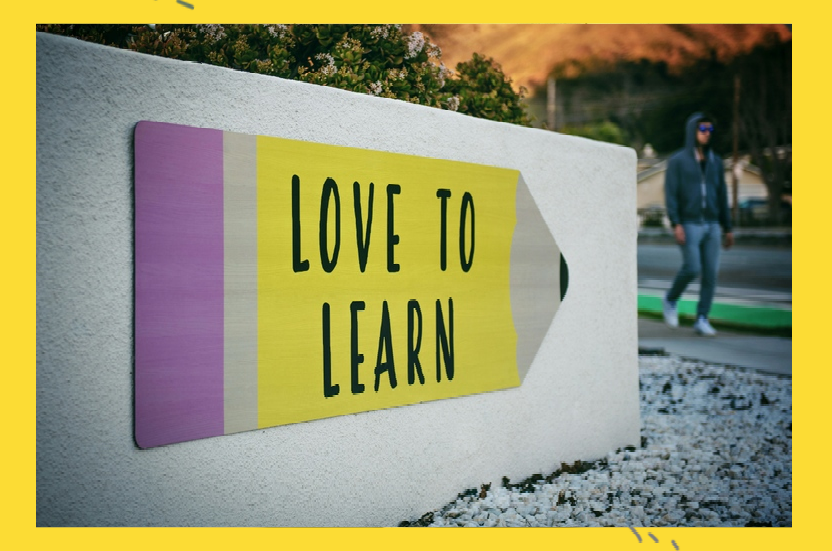
Well, here I am at the end of my two-year career transition plan. It has been quite a journey. I have been thinking about this post for some time, trying to figure out how to write something worthy of what I have learned. So, here we go, my list of 10: Never fear your age; it has benefits you never knew existed. Get ready to go business horizontal, meaning you are about to cross industries and meet many, many great people. Give yourself time to clear your mind after departing from your old world. Let out the pressure and get to know yourself again. Forgive and let go of any grudges; you cannot move on until you make peace and create space to learn new things. Define what 'meaningful' means to you. What do you want in life, what do you value, and what should be your purpose? (This is a big one). Never switch off your mental muscle; just put it in neutral gear. Get a clear picture of what you want to do next, then plan your transition and learning plan accordingly. Unstick your past views. You always have a choice; once you realise this, you open up possibilities and new options. Treat your mind in the same way you treat your body. Both need exercise and working out to stay in good shape. Number 10 , and for me, this is my most difficult but important learning. I chose a transition path to gain my international coaching certification, which has sometimes felt like joining the army at 60. You keep up but must eventually face the dreaded final obstacle course (in my case, the last Oral exam). My point here is that I failed to get over that last wall, and it felt crappy. But in that process, I realised that failing is only defined when you give up and do not continue to try. So, as I go into 2024 and approach my new exam, I know that I have an army of individuals I have met on this cross-industry adventure, all running with me at my tempo to get me over that final wall, and that feels great. You know who you are, guys, and I sincerely appreciate your help on this last leg of the journey. Do not judge me by my successes but the way I overcome my failings Nelson Mandela

Mondays bring a fresh start, which means facing a new week that could bring pressure and challenges. Our mental state plays a massive role in how we handle it all. Just like we build physical stamina, we need routines to strengthen our mental fitness. Why Mental Fitness Matters Think of your mind like a muscle. Neglect it, and it will become weak. Train it consistently, and it will be able to handle challenges, bounce back from stress, and see possibilities instead of roadblocks 1. The Gratitude Listing Why? Gratitude rewires negative thought patterns. Starting the week focused on the good trains your brain to seek out more of it, positively impacting your perception. How? 3 simple things. Before leaving bed, jot down three things you're grateful for. It can be as small as sunshine or a good night's sleep. 2. Reframe Your "To-Do" into "Get-To-Do" Why? Our language matters. A never-ending to-do list is draining. A "get-to-do" list creates a sense of potential and excitement. How? Take your Monday list and change the way you frame each task. Add a bit of why you're excited about it—even the routine items! For example, " We're getting to finalize the project plan (which means we're one step closer to launch)". 3. Identify One Limiting Belief Why? Our subconscious beliefs drive our actions. Identifying them is the first step to change. How? Ask yourself: "What's one thought about myself or my abilities that seems to hold me back?" Don't judge; write it down. 4. Flip the Script Why? Now, create the counterargument to that limiting belief. Change "I'm not good at public speaking" to "I'm learning to be a confident communicator". How? Post that new statement somewhere visible. When the old belief creeps in, replace it with your new, empowering one. 5. Mindful Movement Why? Just like we don't ignore physical health, we can't ignore where stress lives in our bodies. Short movement sessions boost mood and provide a sense of control. How? Ten minutes is all it takes! Choose what feels good—walking, stretching, yoga, or a quick air squat session. Focus on your breath and how your body feels. Consistency is Key Treating mental fitness like physical fitness means prioritising it daily. These small routines reshape how you handle challenges and perceive your potential. They're an investment with massive returns on how you experience your entire week. What's YOUR go-to Monday mental fitness practice?
